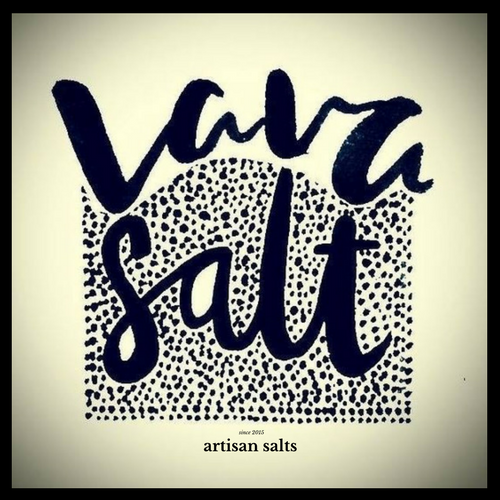For the Steak
The Back story
The porterhouse is one of my favourite cuts for this recipe. Perfect on a flat grill. Both are cut from the short loin area of the beef. A center “T-Shaped Bone” divides two sides of the steak. On one side is a tenderloin and the other is a top loin which is better known as the porterhouse.
When the bone is removed, the result is two distinctly different steaks. A Filet and a New York Strip. When the bone is left on either side, it becomes either a “Bone-in Filet” or a “Bone-in New York Strip”.
I have used a centre cut grass fed Angus. It is always good to leave a 2cm strip of fat around the circumference of the meat. This is pure flavour when grilled.
Ingredients
- 350gm porterhouse steak
- 1 sprig of Rosemary (optional ) to add to the steak during the resting period
- 120gm trimmed dutch carrots (various flavours)
- 1 Valencia orange (zest and juice )(You get about 80ml )
- 7gm smoked lavasaltYou can go to www.lavasaltconsulting.com to find out more about my artisan salt range
- 10gm pinenuts (toasted)
- 50gm portioned smoked Lavasalt butter(Refer to the video on how to make Lavasalt butter)
A produce that is treated well reflects on the plate
— lavasaltconsulting
My tip for cooking the perfect Steak
- Cut the Steak evenly. A piece of meat that is cut unevenly will cook the same way
- Lightly season with a mix of oil and sea salt flakes (Add pepper after the cooking period , this avoids the pepper burning on the grill)
- Always take the steak out of the fridge 30mins prior to cooking. Better that the steak is at room temperature .This helps getting it to the perfect doneness
- Cook the steak evenly on both sides . I prefer you time it
- Avoid turning it too early . The mallaird reaction tends to allow the sugars to caramelise
- Once cooked always rest the meat for half its time its coked for.
A note on Maillard reaction
Browning, or the Maillard reaction, creates flavor and changes the color of food. Maillard reactions generally only begin to occur above 140°C. Until the Maillard reaction occurs meat will have less flavor. Shown above are two identical dishes cooked (left) below 140°C and right at much higher temperatures. Both caramelisation and the maillard reaction only occur on the right producing the noticeable brown colour.
The Maillard reaction is a chemical reaction between an amino acid and a reducing sugar, usually requiring the addition of heat. Like caramelization, it is a form of non-enzymatic browning. The reactive carbonyl group of the sugar interacts with the nucleophilic amino group of the amino acid, and interesting but poorly characterized odor and flavor molecules result. This process accelerates in an alkaline environment because the amino groups do not neutralize. This reaction is the basis of the flavoring industry, since the type of amino acid determines the resulting flavor.
In the process, hundreds of different flavor compounds are created. These compounds in turn break down to form yet more new flavor compounds, and so on. Each type of food has a very distinctive set of flavor compounds that are formed during the Maillard reaction. It is these same compounds that flavor scientists have used over the years to create artificial flavors.
Products with Maillard reactions
The Maillard reaction is responsible for many colors and flavors in foodstuffs:
- caramel made from milk and sugar
- the browning of bread into toast
- the color of beer, chocolate, coffee, and maple syrup
- self-tanning products
- the flavor of roast meat
- the color of dried or condensed milk
To assemble the dish . Please refer to the video below

